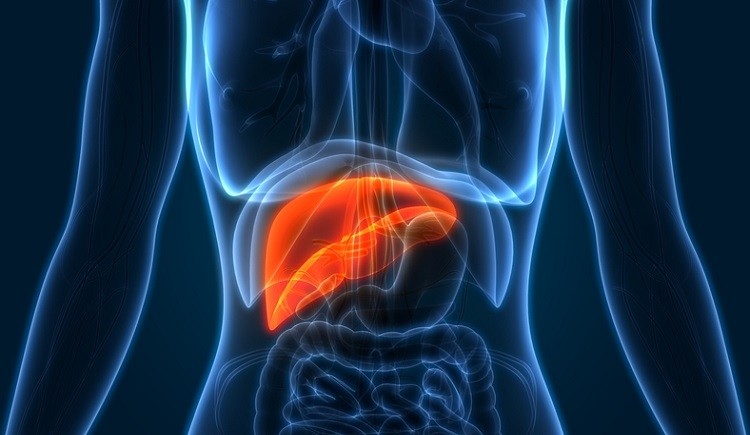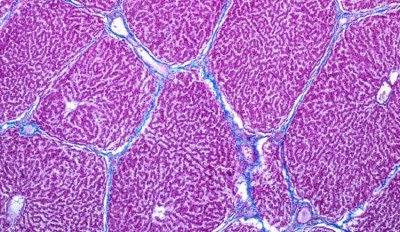HistoSonics hits enrollment target en route to FDA filing for liver cancer therapy

The product, branded Edison, uses imaging and sensing technology to deliver non-invasive pulsed sound energy. In doing so, HistoSonics thinks it can destroy and liquefy unwanted tissue and tumors without any incisions or needles.
Minneapolis-based HistoSonics is currently testing that hypothesis in #HOPE4LIVER, a single-arm clinical trial of patients with primary or metastatic tumors located in the liver. All participants will be treated with Edison and tracked to assess the impact of the intervention on their health.
#HOPE4LIVER has now fulfilled the patient enrollment needed to support a submission for approval of the system by the US Food and Drug Administration (FDA). The achievement of the milestone means the company is close to finding out if it has the data to support a regulatory filing.
“HistoSonics plans on filing a De Novo submission with the FDA for the destruction of liver tissue using histotripsy later this year in anticipation of achieving US marketing authorization in 2023,” said Mike Blue, president and CEO of HistoSonics.
The short lag between the completion of enrollment and the planned submission reflects the endpoints of the clinical trial. HistoSonics’ primary endpoints address the size and coverage of the tumor up to 36 hours after the procedure, and the rate of major complications related to the intervention in the 30 days after the treatment.
While the primary endpoints cover the near-term effects of the treatment, #HOPE4LIVER is tracking the participants for one year, with evaluations after six and 12 months, to estimate the safety and efficacy of the system as part of its postmarket clinical follow-up.
The resulting De Novo submission to the FDA could benefit from a prioritized review by the agency. The FDA opened the door to a priority review last year when it granted a breakthrough device designation to HistoSonics.
If authorized, Edison will provide another treatment option for liver cancer patients. Most people with liver tumors are ineligible for surgical resection for reasons such as the presence of tumors elsewhere in the body.
Liver cancer incidence rates have more than tripled since 1980, according to the American Cancer Society, and HistoSonics expects the number of US patients with primary liver tumors to continue rising through to 2030.


















